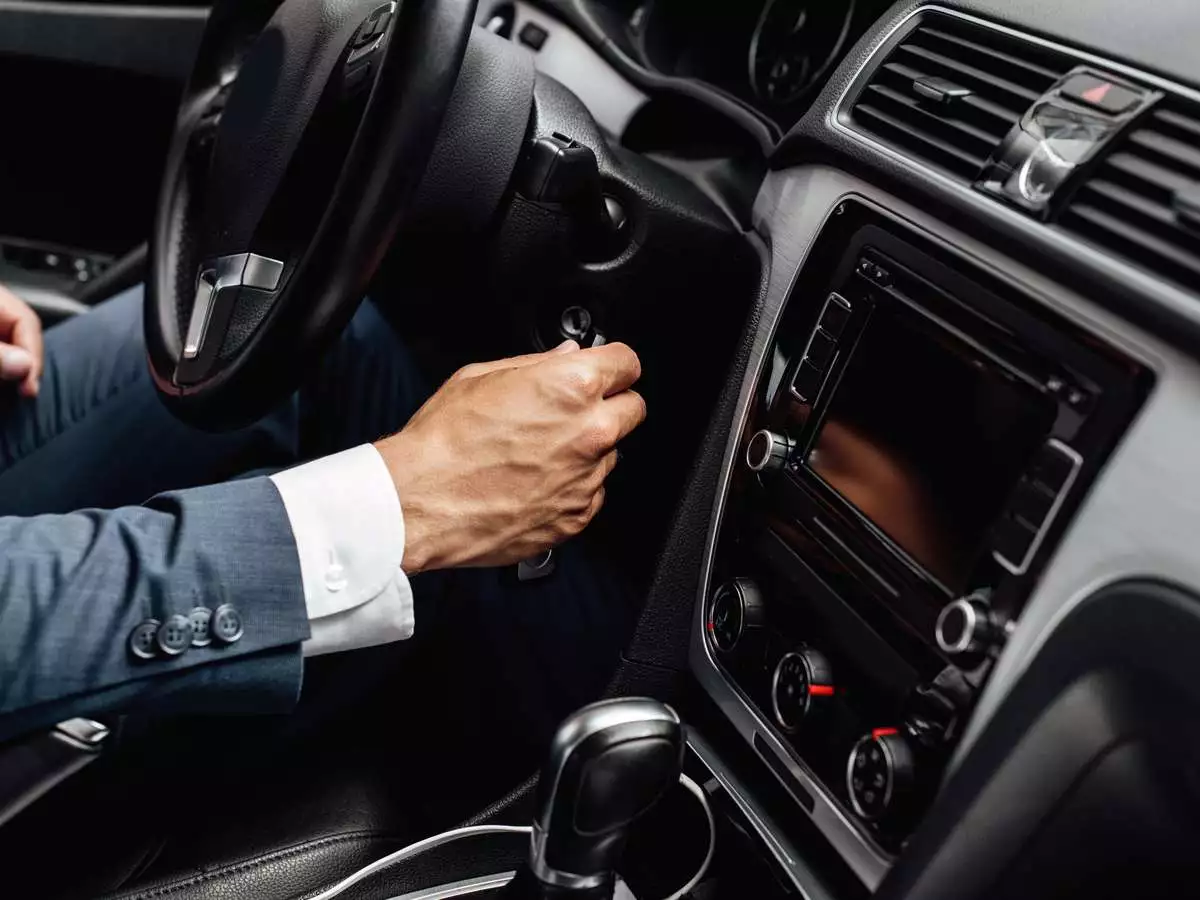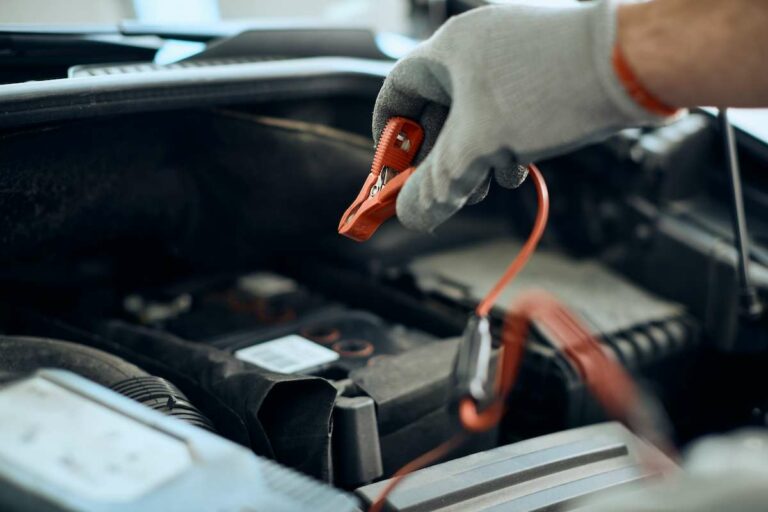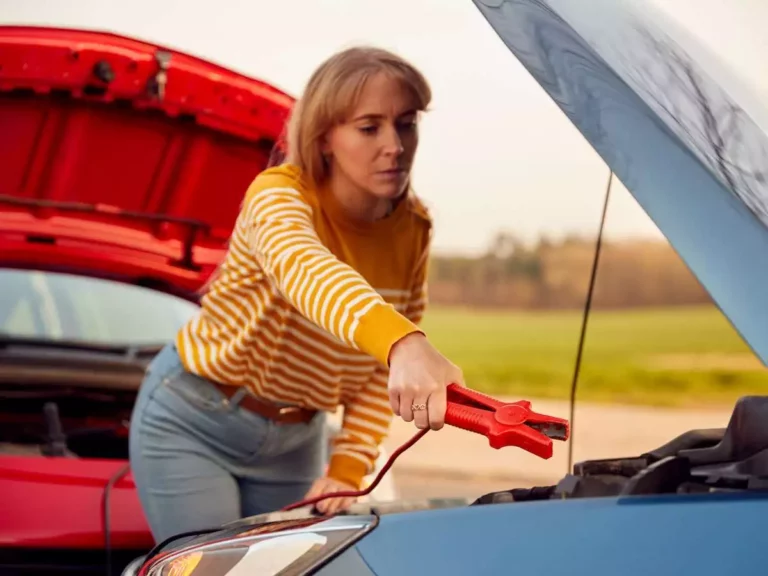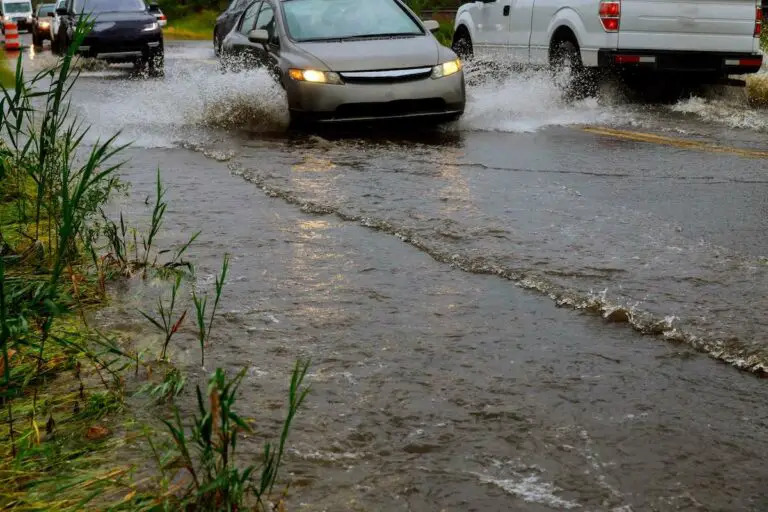Car Won’t Start or Make Noise? [Here’s What to Do!]
Trying to get your day started just to realize that your car is refusing to start can be quite frustrating. It might even be an occasional problem, rearing its head randomly but eventually leaving the car to start. Sometimes, you can guess what is wrong when your car won’t start because it makes some noise, but how do you troubleshoot when there is no noise?
If your car won’t start and makes no noise, your car battery could be bad, or the alternator could be faulty and not charging the battery while you drive. Other culprits can be bad spark plugs, faulty ignition switches, or clogged fuel filters.
Having a car that won’t start when you need to go somewhere or travel home is unnerving. Many times, the problem is a relatively simple fix. Even if the car starts after a few turns, it’s still crucial to know the problem before it gets worse, so keep reading to learn what might be the issue and how you can have it fixed.
Pro Tip: If your car battery is dead, don’t throw it away! Check out this tutorial on how to bring your dead battery back to life and save a lot of money! This little known method is simple, quick and works for almost ANY battery out there!
1. The Car Battery Is Dead and the Car Won’t Start
Unfortunately, you don’t often notice when your battery is about to die. Instead, you go to start the car and get nothing, not even a clicking noise.
There are multiple reasons why the battery has died, but you can usually narrow it down to a few major ones.
Here are some things that will drain your car battery or stop it from working:
Corroded Battery Terminals

Corroded battery terminals are a problem many car owners eventually run into. Try as you might, sometimes, it just seems unavoidable. But why exactly are your car terminals corroding?
The short answer is that the acid in your battery lets off fumes intermittently. The fumes can then react with the terminal and this, in turn, causes problems.
There are a variety of things problems this can cause, but regardless, the fix is actually quite simple.
The Fix: To fix corroded battery terminals, all you need is some baking soda and vinegar or water. Here are the directions:
- Disconnect the battery cables, starting with the black and then the red.
- Use a toothbrush to apply baking soda over the corroded parts of the terminal.
- Dribble water or vinegar over the baking soda.
- Clean away the corrosion with a paper towel.
- Reattach the battery cables, starting with red and then black.
This Youtube video demonstrates how to remove the corrosion from the battery connection.
Loose Battery Cables
Over time some battery connections work themselves loose because of the jarring of the vehicle when it’s in use. Since the battery cables are not tight, the electricity can’t flow from the battery to start the car.
The Fix: When you open the car’s hood, remove the battery cables from the battery terminals. Then, follow these steps to tighten the cables as you reattach them.
- Clean the battery terminals as you would for corrosion.
- Reattach the battery cables starting with the red cable.
- Use a screwdriver to tighten the battery cable screws (the screw size will be printed on the screw so you can match the screwdriver size).
- Repeat the process on the black battery cable.
- See if the car starts with this fix.
Extreme Temperatures
Extreme heat or cold can wreak havoc on your car battery. Particularly cold temperatures affect the chemical reaction in the battery. This makes it a lot more difficult for the battery to generate enough power to start your car.
On the other hand, extreme heat will cause the chemicals to evaporate from the battery, producing the same effect.
Older batteries are particularly susceptible and usually won’t work as well as newer ones in extreme conditions.
Thankfully, you can usually protect your car from cold and heat by parking it in a garage. If you don’t have a garage at home, you can also use a car cover to provide some protection.
If you’re worried about your battery’s age, you can check by the date sticker on the top. It should also have a stamp somewhere on its body with an extended numeric code. Generally, you should replace your car battery every 4-5 years.
Remove the battery from the car and take it to an auto parts store where they can test the battery for how much life is left.
2. The Alternator Has Stopped Charging the Battery
The alternator and battery work together to provide energy to your car. The battery supplies the initial charge to start the vehicle, while the alternator replenishes the energy in the battery as you drive.
When the vehicle is running, the battery is not working. Instead, the alternator recharges the battery as you drive. When the alternator fails, it doesn’t charge the battery, and eventually, the car won’t start.
To begin with, you’ll want to determine if the alternator is the actual problem. Here are a few ways to be sure that the alternator is the problem with your vehicle.
- If the interior lights and dashboard dim while the car runs, the alternator might be the culprit.
- As you drive the vehicle, the interior lights brighten when driving and dim when you stop.
- You can smell rubber or wires burning.
- The low battery warning light is lit on the dashboard.
Generally, a problem with the alternator usually requires a professional, so you’ll have to let the mechanic take it from here.
3. Clogged Fuel Filters

Almost every gasoline-powered vehicle has two fuel filters. The first filter in the gas tank is part of the fuel pump, while the second fuel filter is in the main fuel line.
Both filters catch dirt, scale, and any impurities from the fuel you put into the tank, protecting the engine’s integrity. However, these impurities can clog the filter over time, eventually causing problems.
A partially clogged filter usually causes your car to sputter frequently, especially when accelerating or coming to a stop. However, a completely clogged filter can completely stop the car from starting.
Here are some clues that your fuel filter needs a replacement:
Rough Idling and/or a Lit Check Engine Light
A clogged fuel filter reduces the fuel pressure and can cause an engine to misfire. If you notice your vehicle is running rough, it can be a sign that the fuel filter is either partially or completely clogged.
The Fix: You should take your car to an auto repair shop for a fuel filter inspection. Most cars need to have a new fuel filter every 30,000 miles (48,280 km) or every two years, depending on which comes first.
Faltering During Acceleration or Driving
Your car should cruise along smoothly, but if you notice sputtering or faltering during acceleration or while driving, it could be because of a faulty filter. As a fuel filter gets increasingly clogged, the sporadic fuel delivery will cause the car to lurch. It might just be a fuel filter blockage, or the filter could be close to becoming entirely clogged.
The Fix: Once the fuel filter has a blockage, it likely won’t be long before the filter has clogged, allowing no fuel through. Take the car to an automotive service center, and they can check for blockage and recommend whether you need a new fuel filter.
4. Bad Spark Plugs Cause the Car Not To Start
Spark plugs are small but mighty parts of the car engine since they help provide the spark that creates the combustion to start the engine. Every car has one spark plug for each cylinder, so if you have a six-cylinder car, your vehicle has six spark plugs.
The tiny spark of electricity ignites the air and fuel mixture, pushing the engine’s pistons into motion. Sometimes spark plugs become coated with fuel, oil, or carbon, causing poor fuel usage, engine misfires, and slow acceleration.
Since virtually all cars run on multicylinder systems, a single faulty spark plug usually won’t cause the engine to shut down completely, but the engine might run quite roughly.
The Fix: Your car won’t start when too many spark plugs have been dirtied or gone bad. Ideally, you could fix this problem yourself without a trip to the repair shop. A simple plug cleaning or replacement can go a long way here. That said if you still can’t get it to work or aren’t familiar with replacing the plugs in your engine, hire a professional.
5. A Damaged Ignition Can Cause the Car Not To Star
The ignition switch is a crucial part of the starting sequence of your vehicle. This switch supplies electricity to the starter relay, where the electricity is converted into more energy to start the car motor.
It works in tandem with the spark plugs to generate the “spark” that starts the engine. However, while a faulty spark plug is generally a relatively easy fix, a damaged ignition will usually require a professional’s touch.
If you want to learn more about what the ignition switch is and why it’s so important, here is a quick Youtube video on how the ignition switch works.
The Fix: The best choice to fix the switch is to see a mechanic or automotive service center. They can test the electrical system to ensure the relays and circuits are working correctly to be sure that the switch is the problem.


![How Many Amps is a Car Battery? [Complete Guide!]](https://vehicleuniversity.com/wp-content/uploads/2023/01/Depositphotos_6733694_XL-768x576.webp)
![Do Manual Cars Have Cruise Control? [Full Guide!]](https://vehicleuniversity.com/wp-content/uploads/2023/01/cruise-control-unit-in-the-new-car-close-2021-08-28-19-59-46-utc-768x572.webp)
![How to Recondition a Car Battery? [Full Guide!]](https://vehicleuniversity.com/wp-content/uploads/2023/01/Car-Battery-Corrosion-on-terminals-768x480.webp)



